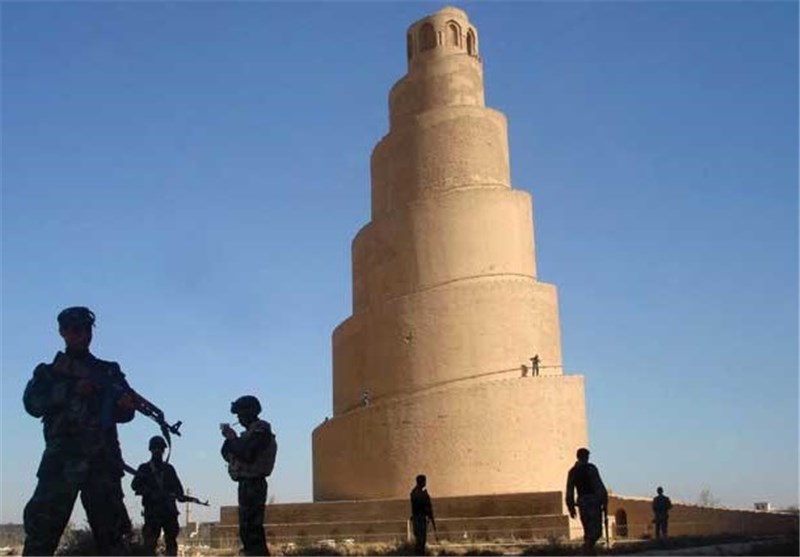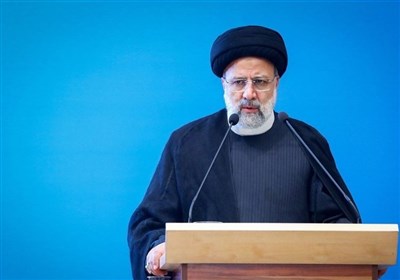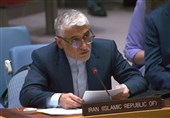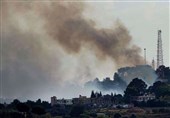US Admits Errors in Iraq
TEHRAN (Tasnim) – US officials acknowledged “mistakes in Iraq” over the protection of cultural property after the US-led invasion.
US officials have acknowledged “mistakes in Iraq” over the protection of cultural property after the US-led invasion. The admission comes a decade after Donald Rumsfeld, then the US secretary of defense, dismissed the looting of the National Museum in Baghdad in April 2003—less than four weeks after the invasion—with the comment: “Stuff happens.”
Officials including Richard Jackson, an attorney in the defense department, now acknowledge that errors were made. Jackson represented the US in 2009 when it ratified the 1954 Hague Convention, which calls for the protection of cultural property in the event of armed conflict. At the Lawyers’ Committee for Cultural Heritage Preservation conference in New York on 1 November, he cited an “ad hoc” approach and insufficient resources to stabilize Iraq.
The military operated under the premise that museums, monuments and other cultural sites identified on a “no-strike” list compiled before the invasion “should not be targeted unless demanded by necessities of war”, he said. Decisions in the field, however, were sometimes problematic.
A necessity of war?
Jackson singled out the partial destruction in 2005 of a 1,200-year-old spiral minaret—an architectural monument that appeared on Iraqi banknotes—in Samarra, where army snipers had been posted. “The commander said he believed it was a military necessity because (the minaret) provided the best view,” Jackson said. But posting snipers there made it a military target, and “insurgents took out the cupola”, he said. “The commander was reprimanded.”
Corine Wegener, now the Smithsonian Institution’s preservation specialist for cultural heritage, was in Iraq in 2003 as one of what she called “the modern-day monuments men”.
She was the only museum specialist among them, and described a lack of support. Her group was part of a civil-affairs team within the military, but “as the invasion occurred, they didn’t bring in the civil-affairs people”, she said, The Art Newspaper said.
Wegener and her small team did not arrive at the National Museum until 16 May, well after the looting; they found 15,000 objects missing. The FBI and the US Department of Homeland Security came in to help recover stolen objects, partly through an amnesty program, but when Wegener left, nine months later, “we still didn’t have a conservator”. She also spoke of mass looting at Iraq’s archaeological sites.
Was the US obliged to prevent looting? Jackson said there is “an emerging consensus” among military lawyers that, after an invasion, there is an obligation to establish stability on the ground, with advance planning and increased resources, to forestall looting—“a lesson from Operation Iraqi Freedom”, he said.
Monuments men
The Monuments, Fine Arts and Archives unit, known as “the monuments men”, was a group of around 350 curators and experts enlisted to protect cultural treasures during and after the Second World War. Their retrieval and restitution of five million looted items was without precedent, according to Robert Edsel, who wrote a book about them. A film based on Edsel’s book—“The Monuments Men”, directed by and starring George Clooney—is scheduled for release in early 2014.





